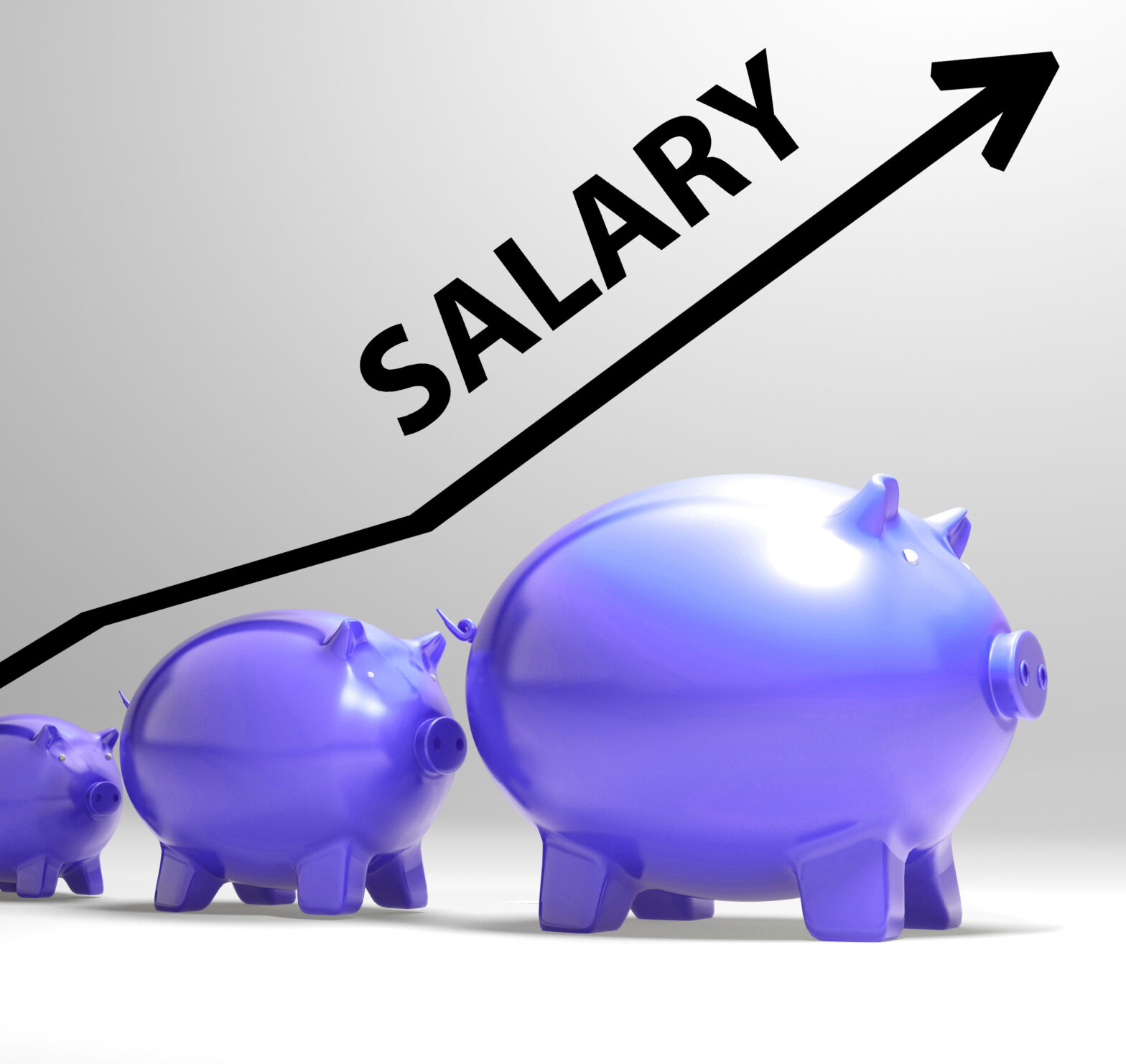You do not say whether the business is a sole trader, a partnership or a limited company. The response depends on which of these formats your business trades through.
If your business is a sole trader or partnership basically your ‘salary’ is in fact drawings which are taken out of the business. You do not pay tax on drawings but tax is assessed on the profits of the business. You could opt to take no drawings, but the tax liability would be the same. This is because drawings are not a deduction against the taxable profits.
Drawings can vary from week to week and sole traders/partners sometimes take more out as drawings when the business is doing well, but take less out when the turnover drops. Whatever the amount of drawings, it is absolutely vital that the business retains enough money to pay the tax on profits which are payable every 31 January and 31 July. In the early years of a business this can be difficult because increasing turnover often requires increased working capital – such as stocks and debtors. It is therefore wise to keep approximately 25 per cent of the turnover to pay the Income tax and National Insurance Contributions (NIC) with probably enough left over to pay accountant’s fees.
Although this percentage varies dependent upon the nature of the business and the gross margins it achieves. A business which buys goods for re-sale and has a 50 per cent gross margin would usually need to save a smaller percentage of its turnover for taxation than a service business which has few operating costs and consequently makes a greater net profit percentage on turnover.
If the business is a limited company salary arrangements are more formal because directors will have to pay tax (Pay As You Earn or PAYE) and NIC on their salaries. The company has to pay 12.8 per cent employers NIC on gross salaries. The PAYE and NIC will be remitted to HMRC monthly. Care is required to minimise tax liabilities because for limited companies there are more options. Where the shareholders are the directors there is the option to pay dividends which do not attract NIC contributions. In this situation, it may be prudent to revise salaries, bonuses and dividends every three months after a set of accounts has been prepared so you will also be able to take a view on how much corporation tax the company will have to pay. Small companies pay corporation tax nine months after the end of their financial year. Alternatively, you may choose to pay a bonus or increased salary with an option to a pay a dividend quarterly or at the half year.
In summary, make sure you minimise the tax liabilities through planning ahead and always set aside enough money to pay the tax liabilities. In addition, make sure that you leave enough money in the business to fund its working capital requirements.





